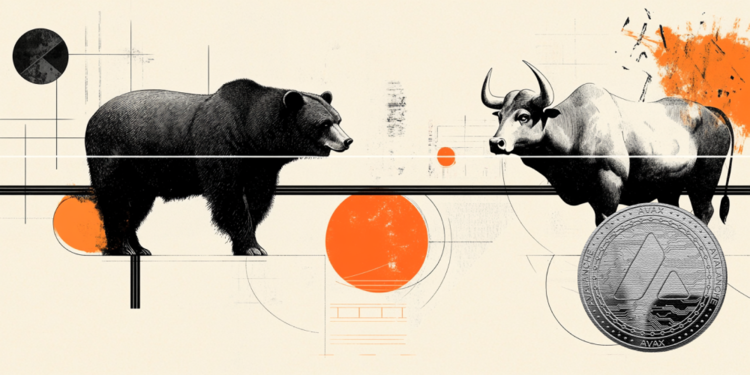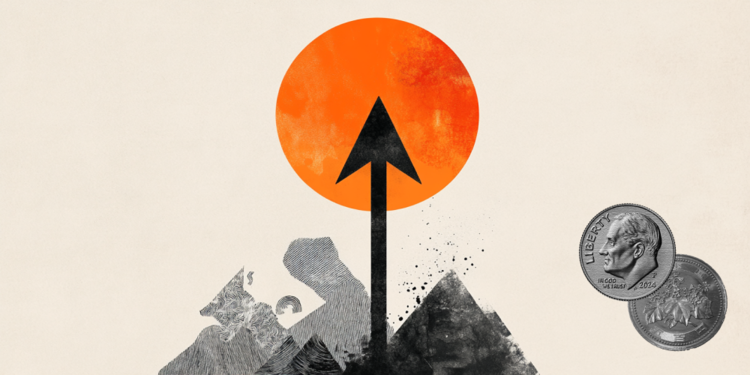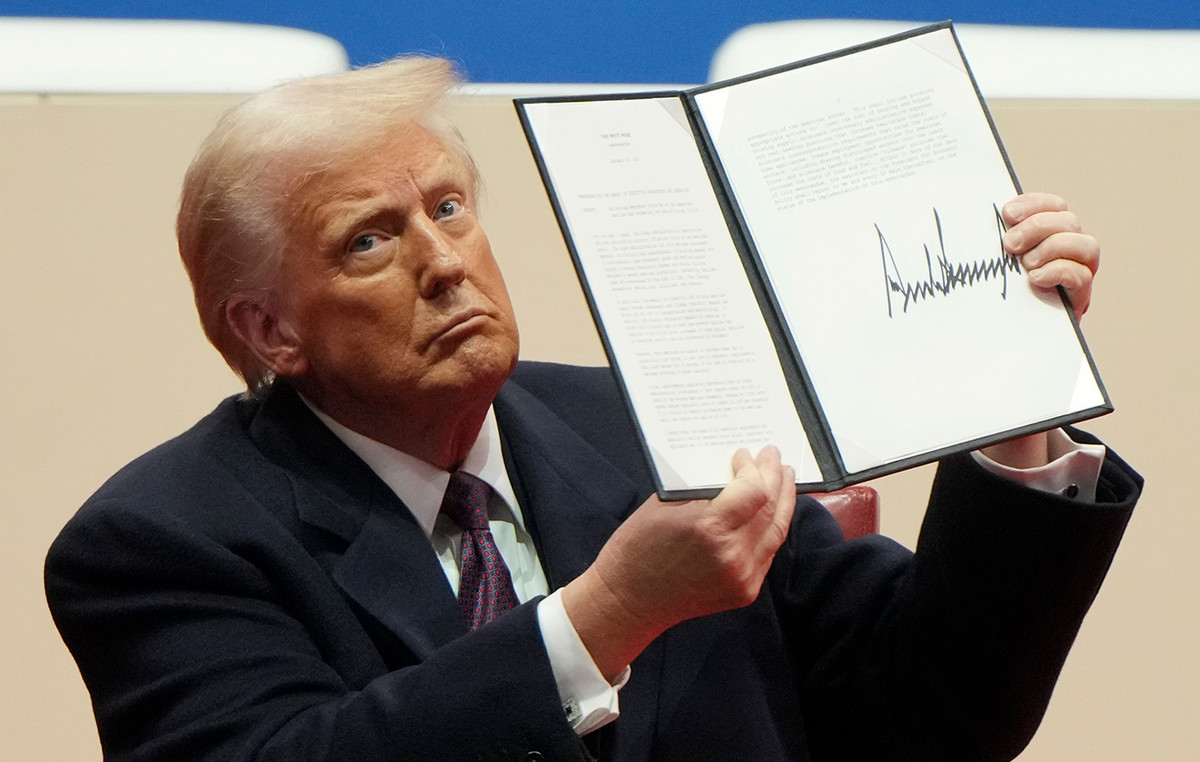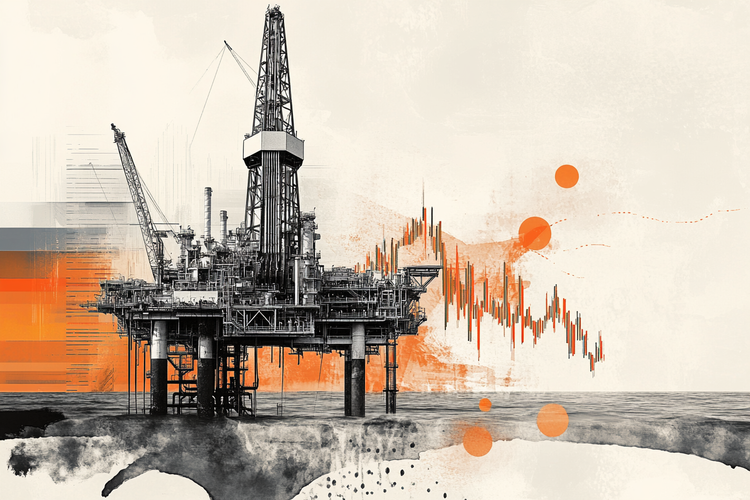After a slower first half of the year in the US capital markets, marked by high volatility due to higher interest rates and the risk of recession in the world’s largest economy, the next half of the year could be challenging for Wall Street.
The number of public offerings (IPOs) plummeted in the face of the 2021 boom, while fixed income and mergers and acquisitions (M&A) businesses shrank.
With no signs of reversal for the coming months, the scenario is already worrying about a possible wave of layoffs, after the reinforcement made in the pandemic to account for the injection of trillions of dollars made by central banks to mitigate the effect of Covid-19 on the markets. .
Different consultancies reveal the same reality: the semester ended on Sunday (3) was the weakest in recent years. The volume of IPOs in the United States dropped by 80% compared to the same period in 2021, when the country was the scene of hundreds of operations. It is the weakest first half for Wall Street since 2016, according to the British Refinitiv.
“The market is practically all closed. We need a few months of low volatility, with a better performance, a little more clarity on how the (US) government is going to control inflation”, says the head of international markets at NYSE, Alex Ibrahim, in an interview with Estadão/Broadcast .
In fixed income and M&As, the scenario was less discouraging, but even so, revenues in both areas shrank. According to the American consultancy Dealogic, the fall in the financial volume that circulated in investment banks during the first half of the year was around half a billion dollars.
In fixed income, Wall Street bankers failed to lead $585 million in operations. The number of mergers and acquisitions deals, on the other hand, was US$ 471 million lower.
The impact on the revenues of large US banks, especially in the area responsible for structuring capital market operations, will be clear with the release of results for the second quarter and first half of the year this month. It worries exactly the post-disclosure, when US banks may have to cut costs to compensate for the weak business environment, with layoffs in the blocks of the financial district of the Big Apple.
An article by the American CNBC indicates that cuts may occur on Wall Street for the first time since 2019. The most predictable scenario for the second half of the year is ‘RIF’, a jargon used by the human resources sector, for the acronym ‘reduction in force’. In practice, it means layoffs. Before her, Business Insider magazine had already warned of a “next big round of layoffs on Wall Street”.
For Robert Half’s senior district director, Dawn Fay, it is still too early to predict what will come in the second half of the year, with the tight job market in the United States. In the first half of the year, she says, citing a survey by the consultancy, the picture was different, with most employers in the financial sector planning to hire.
“Workers are taking advantage of the robust job market to their advantage and looking for opportunities with better pay, growth potential and remote work options,” says Fay, in an interview with Estadão/BroadcastGrupo Estado’s real-time news system.
This week, attention was drawn to the fact that Citibank and JPMorgan did not follow their rivals Morgan Stanley, Goldman Sachs, Bank of America and Wells Fargo, which reinforced the distribution of dividends to their shareholders after the Federal Reserve’s annual stress test (Fed, the US central bank).
The official attested that Wall Street has plenty of capacity to face a difficult scenario and even a global recession. In numbers, that means, according to the Fed, digesting more than $600 billion in losses and getting on with life, lending money to consumers and businesses across the United States.
With a recession knocking at the door, Citi and JP opted for conservatism. The justification for both was that they may need more capital in the future, leaving open concerns about more difficult days in the US economy.
S&P Global Ratings also warned that several US banks performed worse in this year’s Fed test, which is more stringent than in 2021. As a result, they will face slightly higher minimum capital requirements as a result, he says.
“Three of the systemically important global banks – Bank of America Corp., Citigroup Inc. and JPMorgan Chase & Co. – will likely need to increase their capital ratios in the coming quarters,” says the agency, supporting the caution of Citi and JP.
Earlier this month, Wall Street leaders admitted the outlook was challenging amid the looming US recession. JPMorgan Chase CEO Jamie Dimon summed up the US challenges as a “hurricane”. “We just don’t know if it’s a small storm or Superstorm Sandy. You have to prepare,” he added.
Subsequently, the president and chief operating officer (COO) of Goldman Sachs, John Waldron, endorsed the rival’s speech by saying that the current economic turmoil is one of the “most challenging” he has ever lived.
After the US Gross Domestic Product (GDP) was weak in the first quarter and with high inflation, the highest than four decades, economic analysts must recalculate the route of the US economy.
Recession fears in the world’s biggest economy are growing by the day, which has weighed heavily on equity markets, with the S&P 500 having its worst first half since the 1970s, when the US also struggled with the specter of runaway prices.
For Morgan Stanley CEO James Gorman, the chances of the United States facing a recession ahead are already 50%. “It is possible that we will enter a recession, obviously. Probably 50-50 (%) now,” he said, on a recent bank conference call with investors.
Source: CNN Brasil
I am Sophia william, author of World Stock Market. I have a degree in journalism from the University of Missouri and I have worked as a reporter for several news websites. I have a passion for writing and informing people about the latest news and events happening in the world. I strive to be accurate and unbiased in my reporting, and I hope to provide readers with valuable information that they can use to make informed decisions.







